A car accident is a horrible experience that can leave you feeling really shaken. In the immediate aftermath, it’s natural to feel shocked and find it hard to think straight, yet having a clear understanding of the next steps can make the situation much easier. Here’s a look at how car accident insurance works, so you know exactly what you need to do next.
Immediately After an Accident
Driving away is illegal, so stop your car as soon as you can, turn the engine off and switch your hazard lights on. Also, check that any passengers in your car are safe and sound. It’s likely that they will be feeling really shaken and shocked, so try and calm their nerve. Assuming no-one is injured, here are some clear actions to take straight after an accident, to ensure that any car accident insurance claim is as straightforward as possible.
Assess the damage
Step out of your vehicle if you can and assess the extent of the damage. If repairs are minor, it might not make sense to claim on insurance. But for major damages, insurance can be invaluable. Talk this over with the other party. If you decide to go ahead with the claim, discuss who will make the claim.
Gather information
A successful claim needs facts and documentation. You will need the other party’s car registration number and their name, address and telephone number. You would also need to make note of the driving conditions and road quality, the sort of damage caused to both vehicles, and the make, model, colour and number plate of the cars involved. Finally, take photos of the damage and the road.
Don’t apologize
Don’t say sorry or admit fault until you really understand what happened, as this can be used against you at a later stage.
Take action
If the other driver leaves the scene without sharing their details or you believe they have no insurance or are under the influence of drugs or alcohol, then call the police.
Understanding who is responsible
Accidents happen for many reasons, such as speeding or failing to check a blind spot and it’s not always clear who or what was to blame. Yet understanding where responsibility lies is crucial for determining how damages are paid. And this is why having good car insurance is crucial for all drivers. Let’s look at the many scenarios and how to deal with them.
Scenario 1 – If you are at fault
If you are at fault and the other driver agrees, then the process is straightforward. You can either pay for damages yourself, or make a car accident insurance claim, which will cover repairs to both your own car and that of the other driver.
Scenario 2 – If another driver is at fault
You will need to provide as much detail as you can to your insurance company, to prove that you were not at fault. If your insurer and that of the other driver agree, the cost of repairs to your car should be covered by the other driver’s insurer.
Scenario 3 – If no one is at fault
Sometimes an accident can occur that’s clearly out of the driver’s control, such as a sudden illness. Surprisingly, unless you can show that the other driver has a history of medical problems, their insurer can refuse to pay your claim. This means that if you only have third-party insurance, you wouldn’t be able to claim for any damages to your car.
Scenario 4 – If both drivers are at fault
Here the cost of damages are shared between the drivers. But the amount each driver is at fault might not be equal and it’s up to the insurers to decide how to allocate compensation.
Scenario 5 – If your car is damaged by weather
These situations are usually covered by insurance, as they’re considered unavoidable and an ‘Act of God’.
Scenario 6 – If your car is damaged while parked
If your car is damaged and the driver responsible doesn’t leave their details, then whether or not you can make a car accident insurance claim depends on your cover. Generally, only the most comprehensive cover protects you from these scenarios.
Approaching the insurer
If you choose to go ahead and make a claim, you need to act quickly. Most insurers will only accept claims made within 7 days of the accident. By this time, you should have in order all the documents to raise the claim, such as copies of your license, registration and insurance. In case any person was injured in the accident, you would also need to file a First Information Report with a nearby police station and submit a detailed letter addressed to the Road Transport Office.
India is the road accident capital of the world, with 11% of global deaths from accidents despite a share of just 1% of its vehicles. Given its high incidence, comprehensive car insurance can give you the peace of mind that no matter what arises, you will always have your wheels.

Do affordable car and motor insurance remind you of inadequate coverage, high insurance deductibles, and a lack of add-ons? If yes, your concerns are not unfounded. However,...
Read More
Driving is a part of life for many people in India. But with driving also comes the responsibility of following traffic rules. If you break a traffic...
Read More
The car you buy is an extension of your personality. If you are outgoing, extroverted and filled with a desire to announce yourself wherever you go, you...
Read More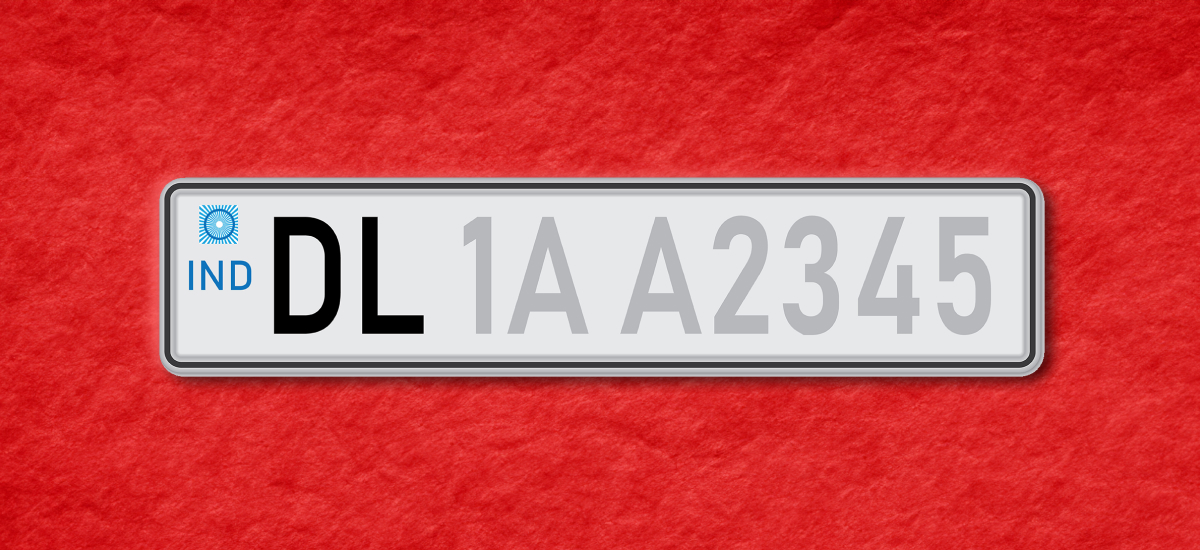
While the RTO issues specific registration numbers for cars and bikes, fancy numbers are also available. The RTO conducts online auctions, and such numbers are sold to...
Read More
A few years back, if you went to buy a car, you mostly used to get two fuel options, petrol and diesel. However, electric cars soon came...
Read More
Whether it's your first car or second, a vehicle is an investment that is fueled by utilitarian needs (easy transportation) and passion (aka car lovers). Depending on...
Read More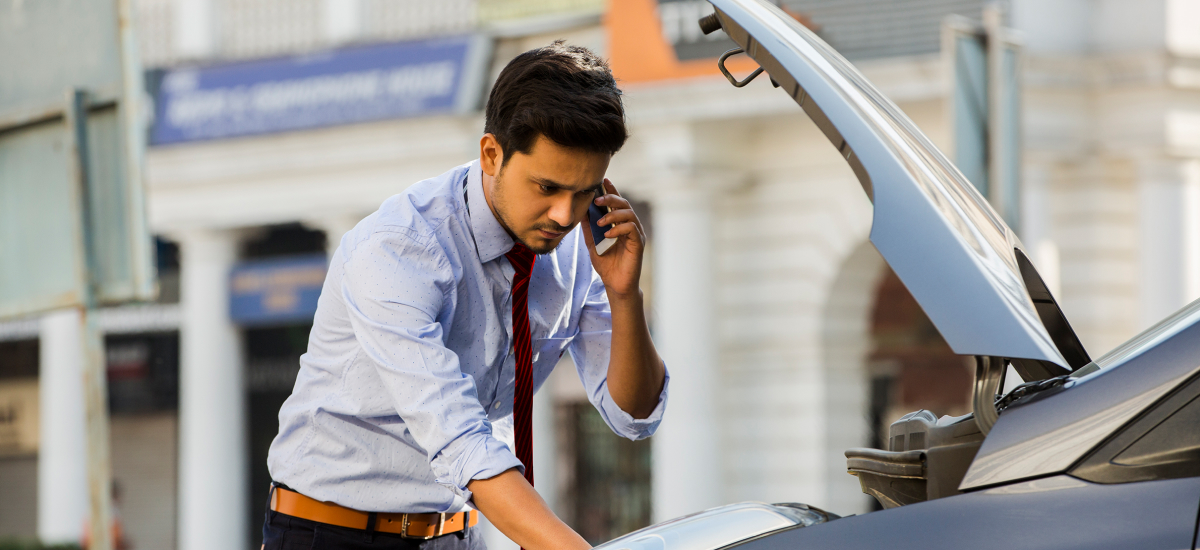
Often overshadowed by comprehensive policies, standalone OD insurance offers tailored protection solely for your vehicle. Discover why a standalone own damage policy might be the perfect fit...
Read More
Your car is linked to some of the most special moments in your life. You can make more memories with the help of car insurance. Every person’s...
Read More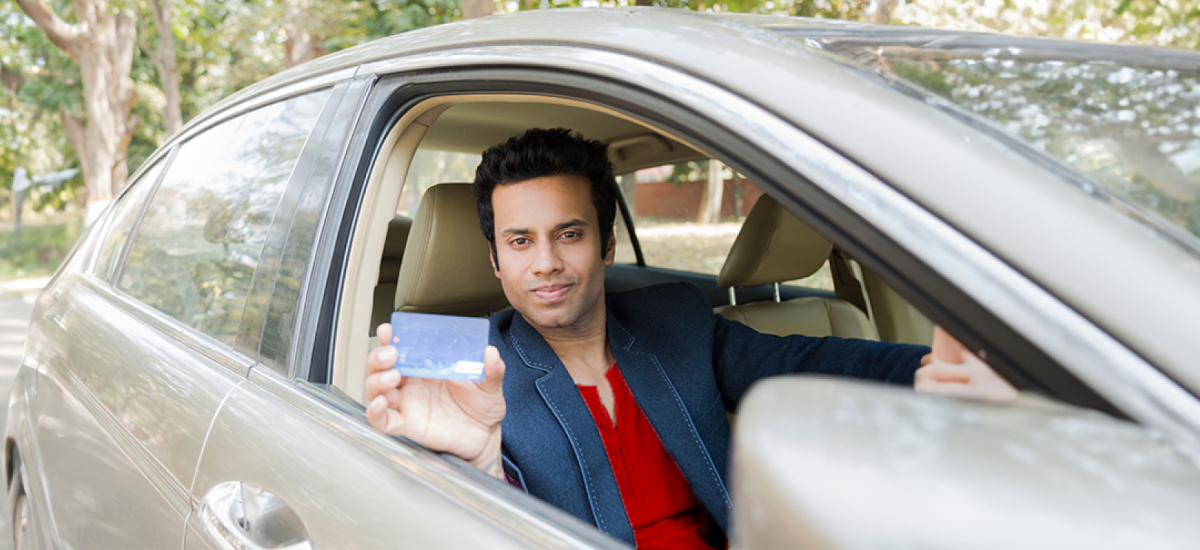
So, are you eager to hit the road and explore the world of driving in India? It is undoubtedly an excellent choice, but you must get a...
Read More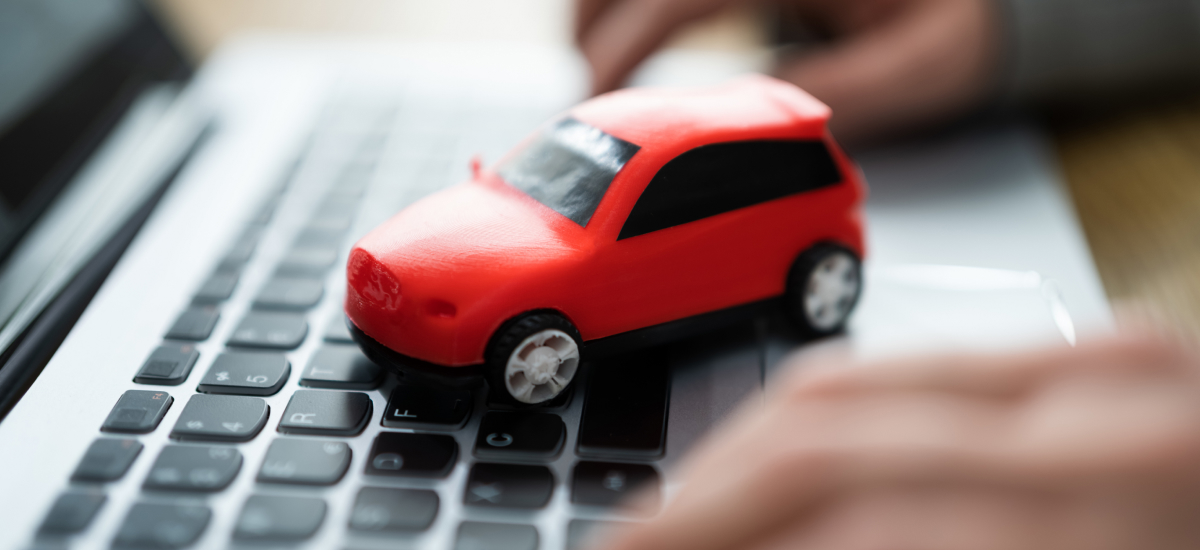
To get the perfect insurance for your vehicle, comparing car insurance online beforehand is paramount. However, navigating the world of quotes and coverage options can feel overwhelming....
Read More
Transferring vehicle ownership in India can seem daunting. Whether you're selling your car or motorcycle or inheriting a vehicle, understanding the steps to transfer ownership is crucial....
Read More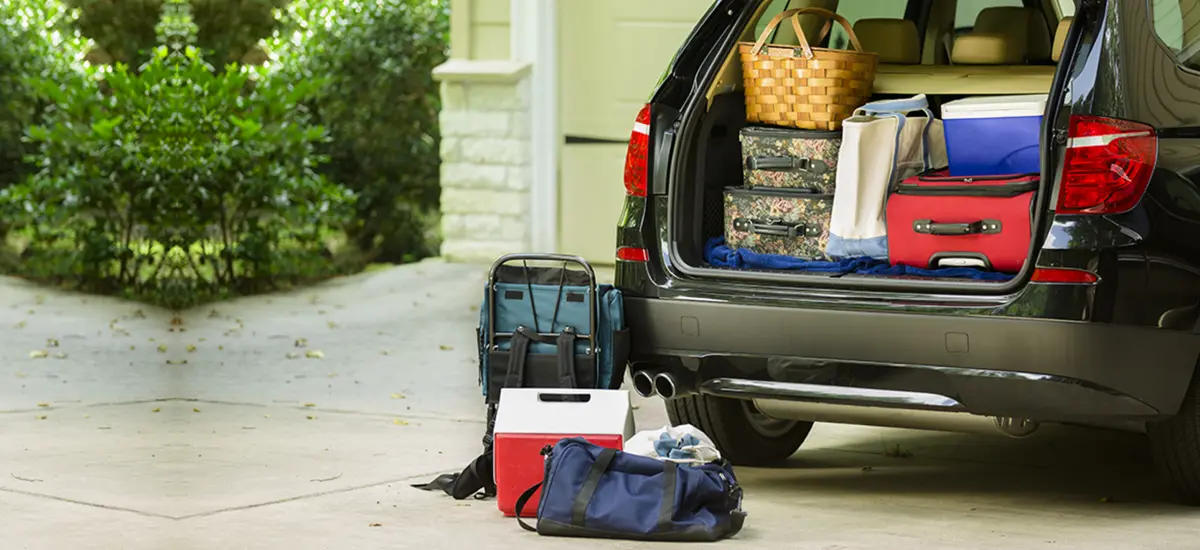
When considering buying a car, many factors come into play – engine power, fuel efficiency, safety features, looks, and, of course, car insurance policy. However, one overlooked...
Read More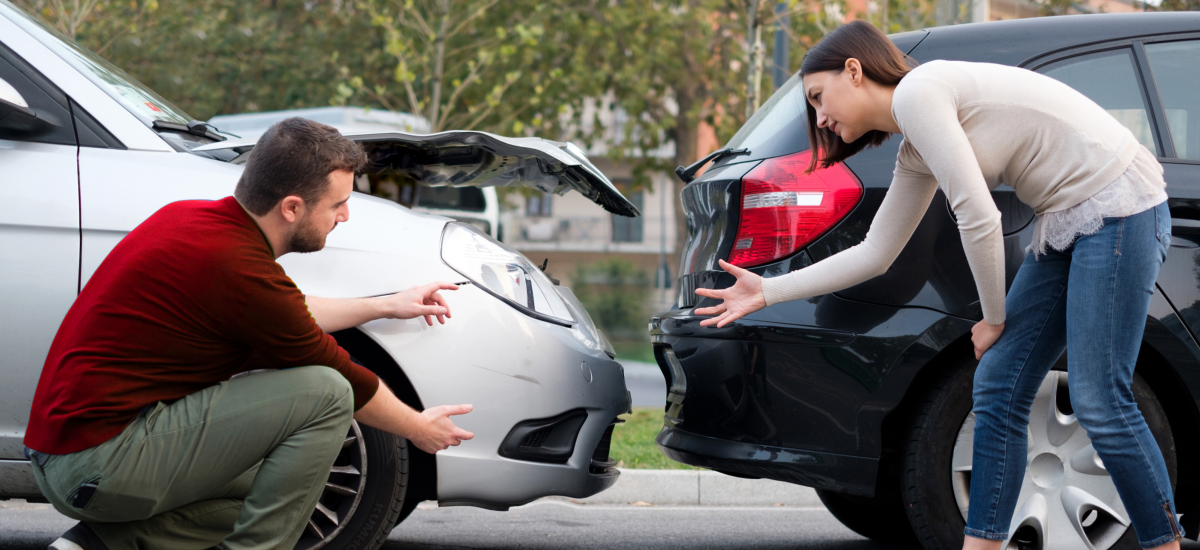
A car accident is a horrible experience that can leave you feeling really shaken. In the immediate aftermath, it’s natural to feel shocked and find it hard...
Read More
We list the important components that a good car insurance policy covers. Buying a car, whether for private or commercial use, is simple enough since there are...
Read More
Since childhood, we have certain dreams and we wish for them to come true as we grow up. One of the most common dreams which we probably...
Read More
In a time when alternatives to fossil fuels are imperative to reigning in environmental damage, electric vehicles can play a major role in a greener, cleaner future....
Read More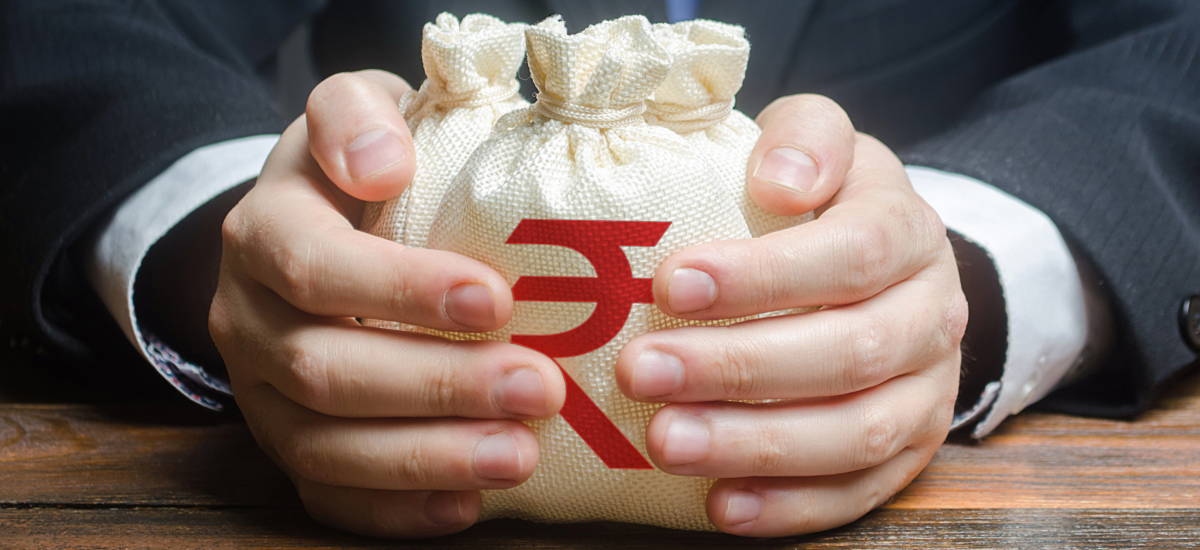
Many people believe that car insurance is only required for bad drivers. But did you know that your insurance company gives you dsscount for safe driving and...
Read More
Buying a suitable car insurance plan with relevant features and benefits can be a tricky job – but Future Generali has you covered with a car insurance...
Read More
In today’s highly mobile and digital era, buying a car is no more a daunting task. However, it comes with lots of responsibilities like safe driving and...
Read More